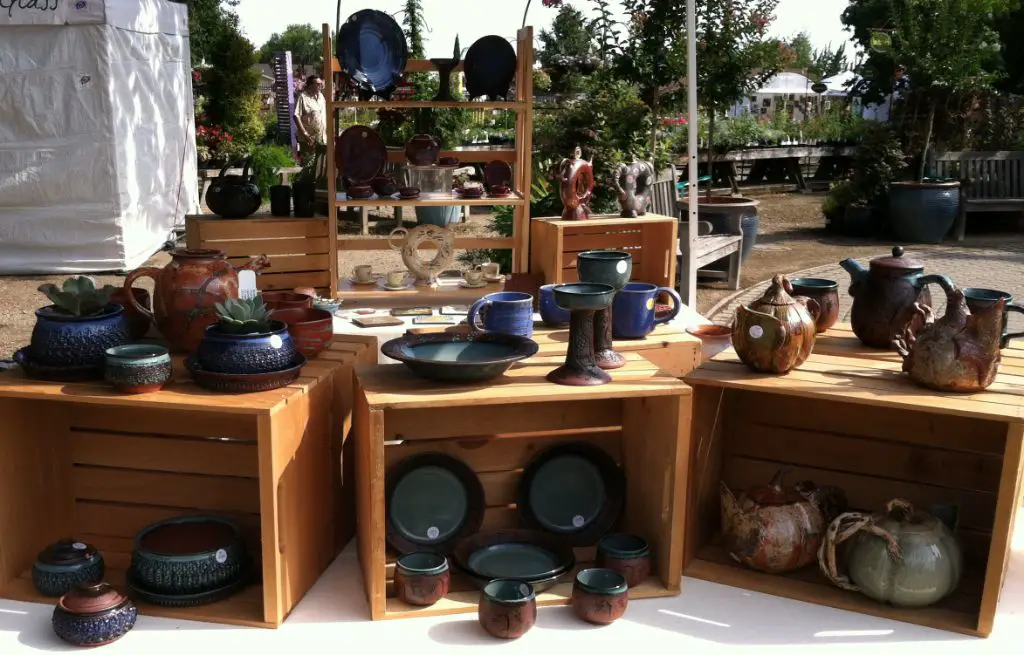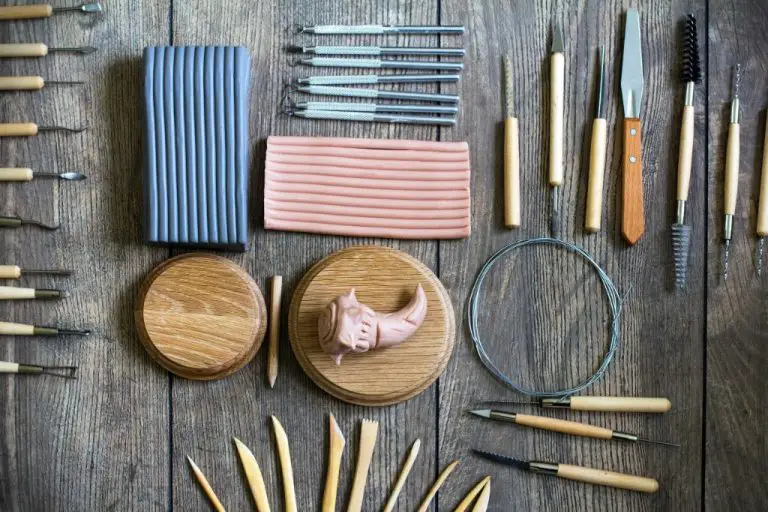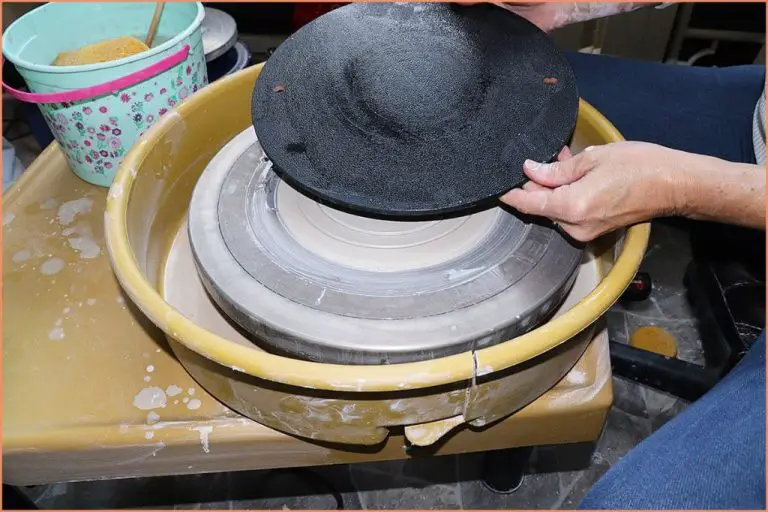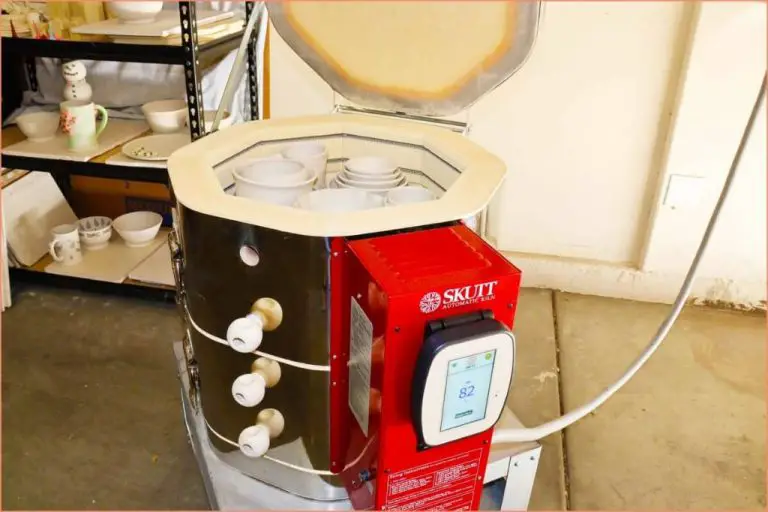Where Is Best To Sell Pottery?
Pottery is one of the oldest art forms, with evidence of pottery making dating back over 20,000 years. The earliest known pottery vessels have been found in China and date to 18,000-20,000 BC. Pottery was invented independently in many places throughout the world, beginning in the Neolithic period. As an artform, pottery encompasses any ceramic material that is made into decorative or functional objects, including plates, cups, vases, and more. It involves shaping clay bodies into objects, decorating them with glazes and pigments, and firing them in high temperatures to harden them.
As a business, pottery has been around for thousands of years. From early functional pottery made for daily use to the explosion of artistic pottery in the 20th century, potters have found ways to support themselves by selling their creations. The pottery industry includes independent artists and artisans as well as larger manufacturers that mass produce pottery. There are various venues for selling pottery, from local craft fairs to online shops to big retail chains. The internet has opened up new opportunities for potters to sell their work to a global customer base.
Overall, pottery is an ancient yet timeless artform and craft that continues to thrive as both a creative outlet and business today. Potters must consider different factors to successfully sell their pottery, including selecting the right venue, pricing, marketing, and more.
Evaluating Different Sales Venues
When selling pottery, there are a variety of options for sales venues to consider. Some of the most popular options include online platforms, brick and mortar shops, art fairs and festivals, galleries, and partnerships with retail stores. One major venue to consider is online marketplaces like Etsy and eBay. These platforms allow potters to open up their own online shop and sell their wares to a global customer base. The advantage of online sales is the ability to reach a huge number of potential customers without being limited by geographical location. Online platforms also make it easy to set up attractive product listings with photos, descriptions, prices and shipping details. Payment processing is handled seamlessly through the platform. However, sellers do need to factor in marketplace fees, shipping costs and the time investment involved in running an online shop when evaluating potential profits.
Brick and Mortar Shops
Brick and mortar retail shops have long been a popular venue for selling pottery. There are several advantages and disadvantages to consider when selling from a physical retail space.
Some of the benefits include being able to showcase your full range of pottery while allowing customers to see and handle the pieces in person. Having a storefront provides “built-in” marketing simply by virtue of your visibility and physical presence within the community. You can draw in foot traffic, build relationships through face-to-face interactions with customers, and benefit from impulse purchases that may not happen with online sales [1].
On the downside, establishing and maintaining a physical retail space is more expensive compared to solely selling online or at art fairs. You have to account for monthly rent and utilities, shop furnishings and decor, staffing costs if you don’t run it solo, and all the general overhead that comes with a brick and mortar location. The hours and days you are open will also impact sales volume and potential profitability [2].
Overall, a physical store can generate steady sales and visibility for an artist, but the higher overhead costs need to be weighed when considering if this is the optimal sales channel for your pottery.
Art Fairs and Festivals
Art fairs and festivals allow potters to directly engage with customers and sell their wares in person. Setting up a booth at local events is a great way to reach art appreciators right in your community (cite source). Some tips for finding success selling pottery at fairs:
– Offer a range of prices to appeal to all budgets. Have smaller, lower-priced items that can attract buyers who may purchase a larger piece if you build a rapport.
– Display your pieces attractively and allow customers to handle them to appreciate the craftsmanship. Be sure to have wrapping materials on hand for fragile items.
– Engage visitors to your booth by explaining your creative process and inspiration behind the pieces. Customers enjoy learning the story behind unique artworks.
– Accept multiple payment types – have the ability to process credit cards either through a mobile reader or third-party app to capture those impulse buys (cite source).
– Fairs allow you to directly receive customer feedback on your work. Listen carefully and use this input to inform new designs and products.
Reaching local crowds through fairs is an interactive way to boost visibility and sales for your pottery.
Considering Geographical Location
When deciding where to sell pottery, considering the geographical location is key. Certain regions in the United States have thriving arts communities and a demographic interested in buying handmade crafts like pottery. According to Reddit users, some of the best places in the US to sell pottery based on demographics include:
Asheville, North Carolina – Known as a hub for artists and craftspeople, Asheville attracts tourists interested in local arts and crafts. The Fall Studio Tour held every November draws crowds eager to buy from local potters and other artists (Source).
Santa Fe, New Mexico – With over 100 art galleries, Santa Fe draws art enthusiasts from around the world. The Santa Fe Clay Arts Festival held every August offers exposure and sales opportunities for potters (Source).

Seagrove, North Carolina – Known as the “pottery capital of the US,” Seagrove has over 100 pottery shops and studios. Annual events like the Seagrove Pottery Festival bring in crowds of buyers.
Other arts-focused towns like Paducah, Kentucky, Saugatuck, Michigan, and Sante Fe, New Mexico also provide built-in audiences interested in buying handmade pottery.
Pricing and Profit Margins
Setting the right prices for your pottery is crucial for maintaining profitability and covering your costs as a business. According to Pricing for Profit in the Ceramic Arts Industry, most pottery studios aim for a 15% profit margin to remain viable. This means that for every $100 in revenue, $15 would be profit after subtracting all expenses. However, profit margins can range from 10-40% in the pottery industry depending on your business model and pricing strategy.
When calculating your costs, you’ll need to factor in materials, studio rent and utilities, equipment, labor, shipping and packaging, marketing, and other overhead. Pay close attention to material costs in particular, as clays, glazes, tools, and kiln time can add up quickly. You’ll want to price your pieces so that they at least cover your total costs and reach your target profit margin.
Competitor pricing, perceived value, your reputation and expertise, and local economic conditions also impact what you can charge. You may need to start lower when first launching then gradually increase prices as you build an audience and following. Offering limited editions, custom designs, and premium materials can help justify higher price points as well.
Analyze your profit margins regularly and adjust prices when needed to sustain your pottery business. Finding the optimal balance between affordability and healthy profits takes time and experience in understanding both your costs and customers.
Promoting and Marketing Your Pottery
There are a number of effective promotional strategies to get the word out about your pottery business. Building an online presence through social media and your own website is vital for any artisan today (Ways to Promote Pottery). Share images of your latest pieces, details on your process, and announcements about upcoming shows. Social platforms like Instagram and Facebook allow you to directly engage with potential customers.
Consider selling some of your products online through your own website or on sites like Etsy where you can reach a built-in audience interested in handmade items (18 Marketing Ideas For A Pottery Business). Email marketing to an opt-in list is another low-cost strategy that allows you to regularly update fans on new releases.
Partnerships with galleries, home goods stores, and boutiques can help expose your pottery to new local audiences. Seek out opportunities to do demonstrations and workshops where people can experience your artistry in person (Finding Opportunities to Promote Handmade Pottery). Word of mouth referrals from satisfied customers remain powerful, so focus on exceeding expectations with your quality and service.
Building an Online Presence
Having a strong online presence is crucial for selling pottery in today’s digital world. Social media platforms like Instagram, Facebook and Pinterest provide excellent opportunities to showcase your work, connect with potential customers, and drive traffic to your website or online shop. According to the Ceramics Field Guide, many ceramic artists are using Instagram to share photos of their latest creations and works in progress, while also connecting with fellow potters (https://ceramicsfieldguide.org/chapter-7/blogs-social-media/).
It’s important to post high-quality images that capture the unique aspects of your pottery. Engaging with your followers by liking and commenting on their posts can also help increase your visibility and build relationships. Consider using relevant hashtags and location tags as well to maximize exposure. As suggested in a blog post by Anthony Thomas, offering behind-the-scenes looks at your studio and process helps followers feel invested in your work (https://blog.anthonythomas.com/connecting-with-ceramicists-on-social-media).
Your own website not only establishes your brand identity but also provides a hub to display your full product catalog, share your story, and sell your pottery through an online store. Ensure high-quality photos, clear pricing and shipping information, and compelling text that conveys your artistic vision. Promote your website and new products across your social channels to drive traffic.
Partnerships with Galleries
One way for potters to reach new audiences is by partnering with art galleries to sell their work wholesale or on consignment. Galleries provide exposure to buyers that may not find a potter’s own website or Etsy shop. Displaying work at an established gallery also helps validate a potter’s prices and quality to collectors. While galleries take a percentage of each sale, this can be worthwhile to access their existing customer base and marketing reach.
When approaching galleries, potters should present a portfolio of quality, cohesive work along with pricing. Having a clear artistic vision and voice makes it easier for galleries to showcase and promote the pottery. It’s important for both parties to agree upfront on any exclusivity, the percentage taken by the gallery, and logistics like transportation and inventory tracking (Ford, 2020). Open communication ensures the partnership aligns well.
Selling through galleries allows potters to focus on studio production rather than retail operations. It also provides stability through larger wholesale orders. However, potters relinquish some control over pricing and interaction with customers. Overall galleries can significantly widen the customer base, but potters should consider aligning with ones that share their artistic vision and business values.
Conclusion
When deciding where to sell your pottery, there are several key factors to consider. The optimal sales channel depends on your goals, location, target market, and more.
If reaching a local customer base is your priority, brick and mortar shops and local art fairs allow you to directly connect with buyers. For wider exposure and to tap into online markets, building an ecommerce website to sell your pieces directly to consumers is advised.
Partnering with galleries, either locally or in popular tourist destinations, also expands your reach. Consider galleries whose style and clients align with your work.
Pricing competitively, accounting for marketplace trends and production costs, ensures your pottery remains accessible. Promoting yourself across various platforms builds recognition and cultivates customer loyalty.
By evaluating all venue options and selecting outlets that best fit your goals and constraints, potters can develop a balanced sales strategy. With persistence and hard work, beautiful handmade pottery will find its way into the homes of eager art collectors.






